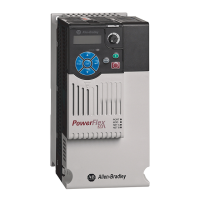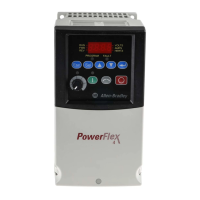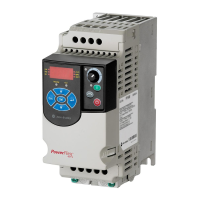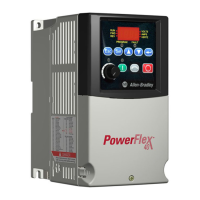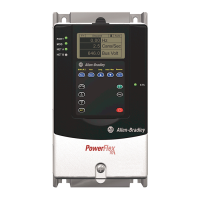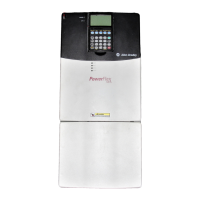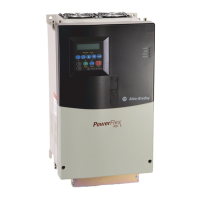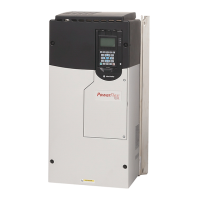Behavior models used in CIP Motion
Rockwell Automation Publication MOTION-RM003I-EN-P - February 2018 71
device has been successfully synchronized as indicated by a successful Group_Sync
service response from the device, or a time limit (~60 seconds) is reached, in which
case the controller closes the connection and starts the Initialization process over
again.
Waiting for Group State
After configuring the axis and synchronizing the device to the controller, the
controller checks the status of all other axes in the Motion Group. If there are any
other axes in the Motion Group that are still being configured or synchronized,
the Axis State will transition to Waiting for Group. Cyclic data exchange over the
CIP Motion connection does not occur until all axes in the Motion Group are
configured and synchronized. Once all axes in the Motion Group are configured
and synchronized, the CIP Axis State transitions to the current Axis State
attribute value in the device, typically Pre-Charge or Stopped.
See also
Fault and Alarm Behavior on page 41
Exceptions on page 41
Motion Control Axis Behavior Model on page 51
Stopping and Braking Attributes on page 431
Torque is generally proportional to acceleration and to the torque producing
motor current, Iq. The purpose of the Torque Control structure is to combine
input signals to create a Torque Reference. The Torque Reference, from a variety
of sources, is based on the Control Mode. It applies various filters and
compensation algorithms to the Torque Reference to create a Filtered Torque
Reference.
The Filtered Torque Reference signal is scaled by the reciprocal of the torque
constant, Kt, of the motor to become the Iq Current Command input to the
current loop. Because the motor current is also per unitized to the '% Rated'
current of the motor, the torque constant, Kt, is nominally 1. In other words, in
general it is assumed that 100% rated current produces 100% rated torque.

